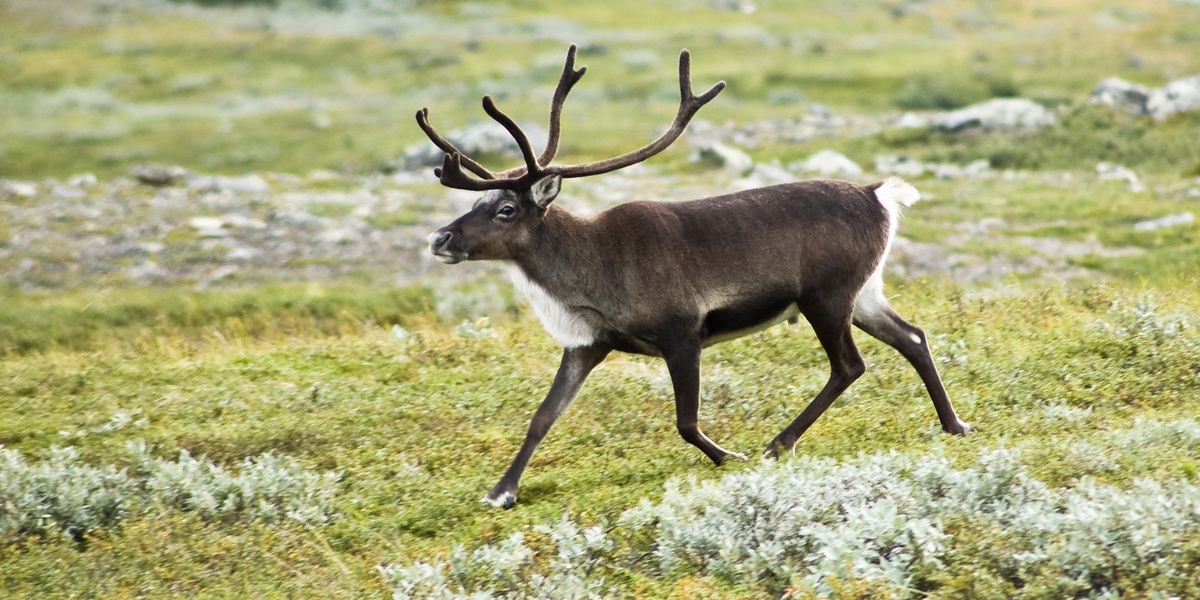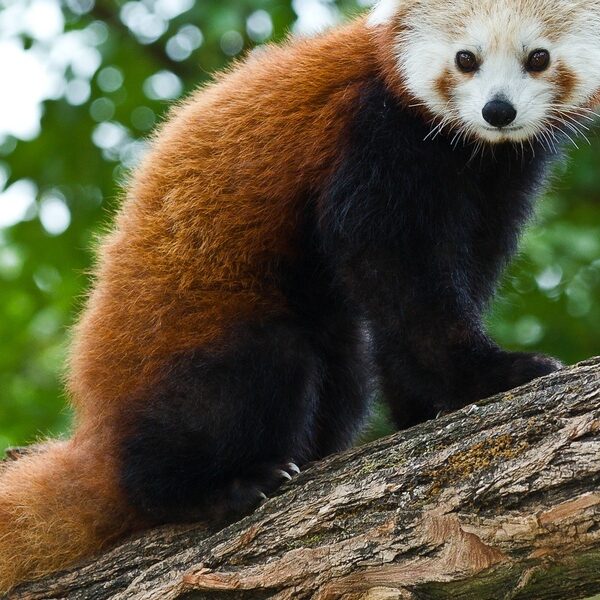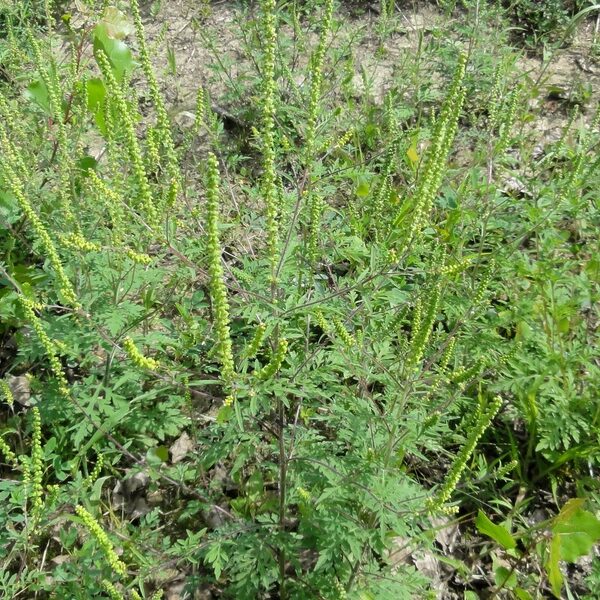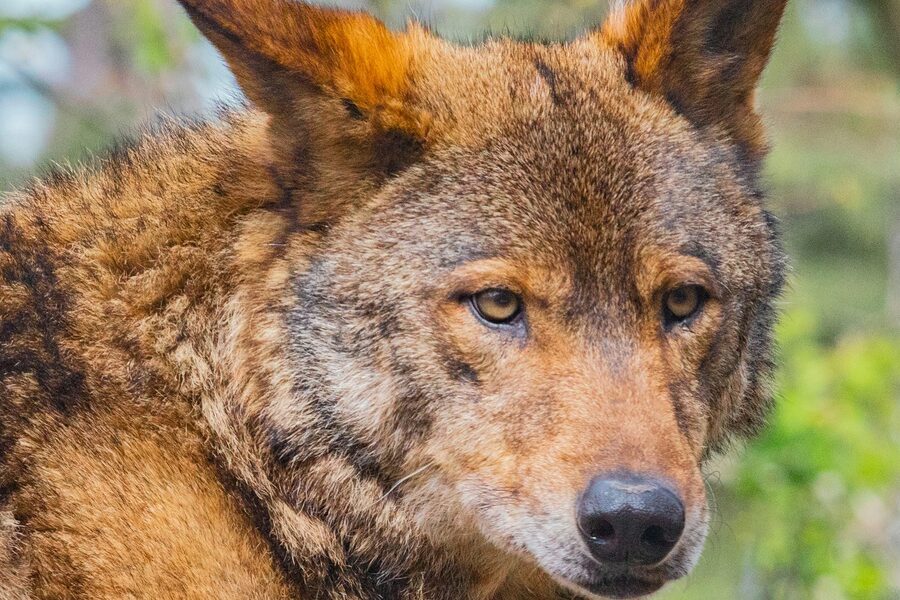Reindeer herds can migrate thousands of kilometers each year; some populations travel up to 5,000 km on seasonal routes, as seen in the Porcupine caribou herd.
Those journeys are possible because of a suite of precise traits that let animals withstand bitter cold, find scarce food under snow, and navigate vast, feature-poor landscapes.
These ten defining characteristics show how reindeer are uniquely adapted to Arctic life, support tundra ecosystems, and sustain Indigenous cultures across the North. The features below are grouped into physical adaptations, physiology and senses, behavior and migration, and ecological and human connections.
Physical adaptations
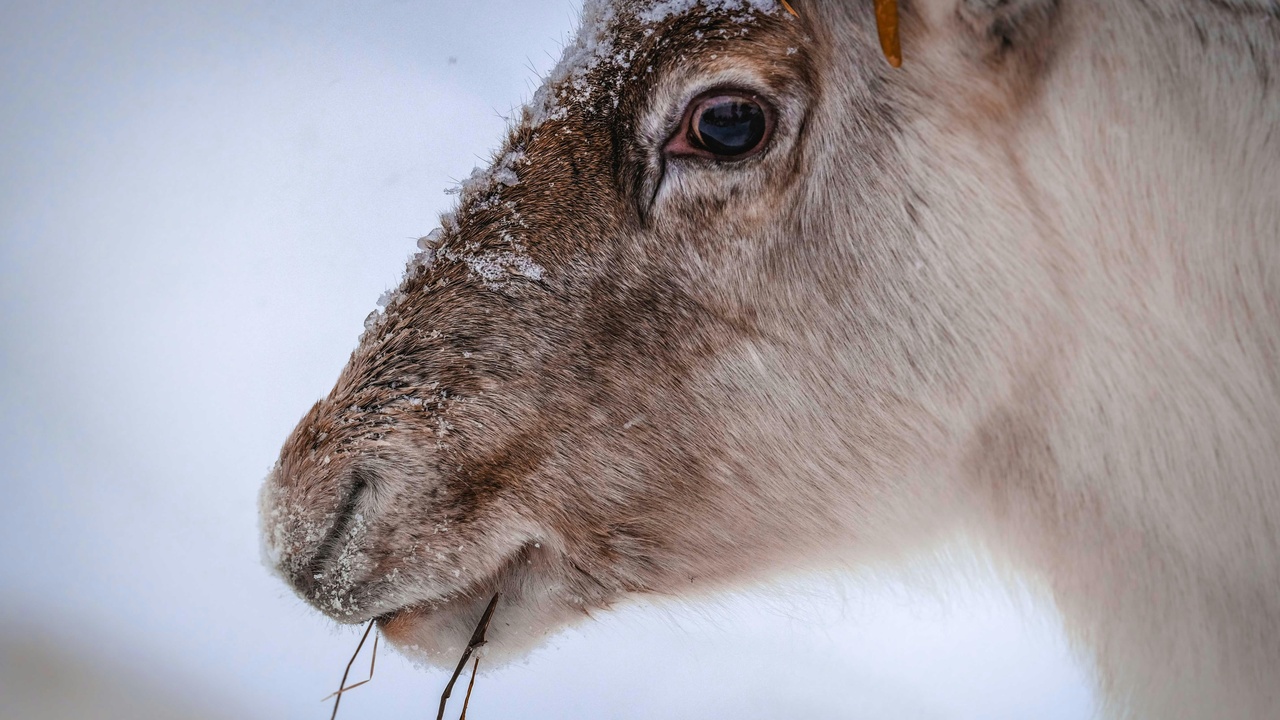
Reindeer show a set of visible traits—fur, hooves, antlers—that cut heat loss, aid movement on snow and soft tundra, and even inspire human cold-weather design. Several of these adaptations change with the seasons, and antlers can grow very quickly—up to 2 cm per day during peak growth.
1. Hollow, insulating fur that traps heat (and even aids buoyancy)
Reindeer have hollow guard hairs over a dense underfur, creating an air-trapping insulation layer. The hollow shafts reduce conductive heat loss by holding insulating air and also add buoyancy when animals swim during migrations.
This coat helps individuals retain core temperature in conditions below −40°C and reduces the energy cost of thermoregulation. Indigenous clothing makers (Sámi outer garments) historically used reindeer pelts for that same insulating effect.
Modern engineers study hollow hair structure for synthetic insulation, looking to mimic low-weight, high-performance fibers for parkas and sleeping gear.
2. Seasonal hooves that transform for walking on snow or soft tundra
Reindeer hooves change with the seasons: footpads soften in summer for traction on wet tundra and muskeg, and they tighten in winter to expose a sharp rim that grips packed snow and ice.
This mechanical change lowers slippage and improves energy economy during long treks and steep river crossings. It also helps when animals dig (crater) through snow to reach lichen beneath the surface.
Designers of winter tires and traction systems study animal feet for ideas about tread, flexibility, and self-cleaning pads that maintain grip in icy conditions.
3. Large, branched antlers—grown by both males and females
Both sexes grow antlers, which is unusual among deer. Antlers serve multiple roles: sweeping snow to reach forage, signaling status in social hierarchies, and providing defense against predators.
Antler growth is rapid in spring and summer—records note rates up to about 2 cm per day during peak periods—and males typically shed after the rut while many females keep antlers through winter. Female antlers often let pregnant cows clear snow to access lichen when nutrition is most critical.
Researchers studying antler structure inform lightweight composite design, and traditional uses of antlers for tools and ornamentation reflect long-standing human–animal connections.
Physiology and senses
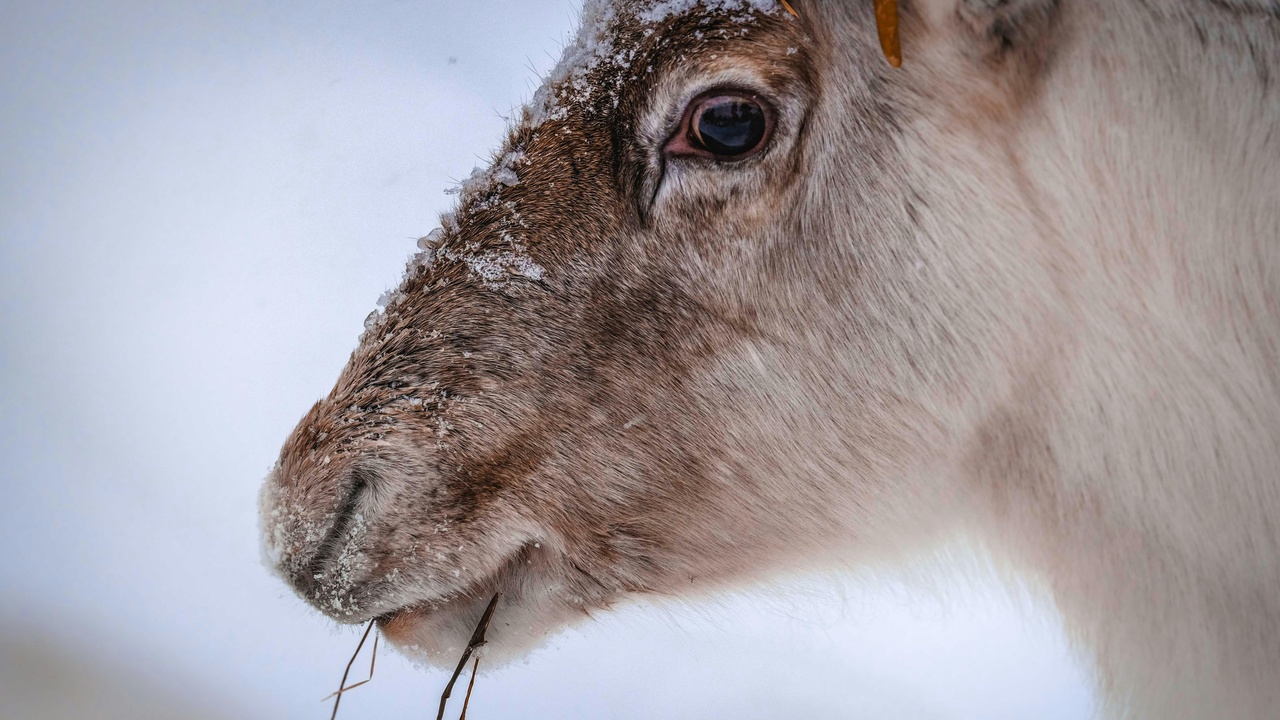
Internal systems and special senses let reindeer find food and conserve warmth during polar nights and long winters. Two striking traits are a nasal countercurrent heat exchanger and eyes that shift seasonally to boost UV sensitivity; gestation runs about 230 days.
4. Specialized nasal passages and countercurrent heat exchange
Reindeer have complex nasal turbinates and dense blood vessels that warm inhaled air and reclaim heat and moisture on exhalation. This reduces respiratory heat loss and dehydration in cold, dry air.
The countercurrent architecture increases surface area for heat transfer, helping animals sustain high activity during long migrations without losing excessive body heat. Insights from this system inform respirator and HVAC ideas for extreme-cold use.
5. Seasonal vision shift—ability to detect ultraviolet light
Reindeer can see into the near-UV (around 350 nm). Their tapetum lucidum—an eye layer that reflects light—changes color with the seasons, improving photon capture in dim winter light and shifting contrast for UV cues.
UV sensitivity helps animals spot lichen against snow, and even detect predator urine or fur trails that contrast differently in the UV range. Engineers studying low-light imaging look to these retinal changes for improved sensors.
6. High-fat metabolism and timed reproduction (gestation ≈ 230 days)
Reindeer store fat in summer and autumn to fuel winter survival, pregnancy, and lactation. Body condition at the onset of winter strongly influences calf survival the following spring.
Gestation lasts roughly 230 days so calves are born when plant growth surges in spring, giving mothers and young access to nutritious forage. Climate shifts that alter plant phenology can break this timing and reduce reproductive success.
Herders and wildlife managers monitor weight and fat percentages in populations to predict recruitment and guide adaptive management when seasons change unpredictably.
Behavior, social structure, and migration
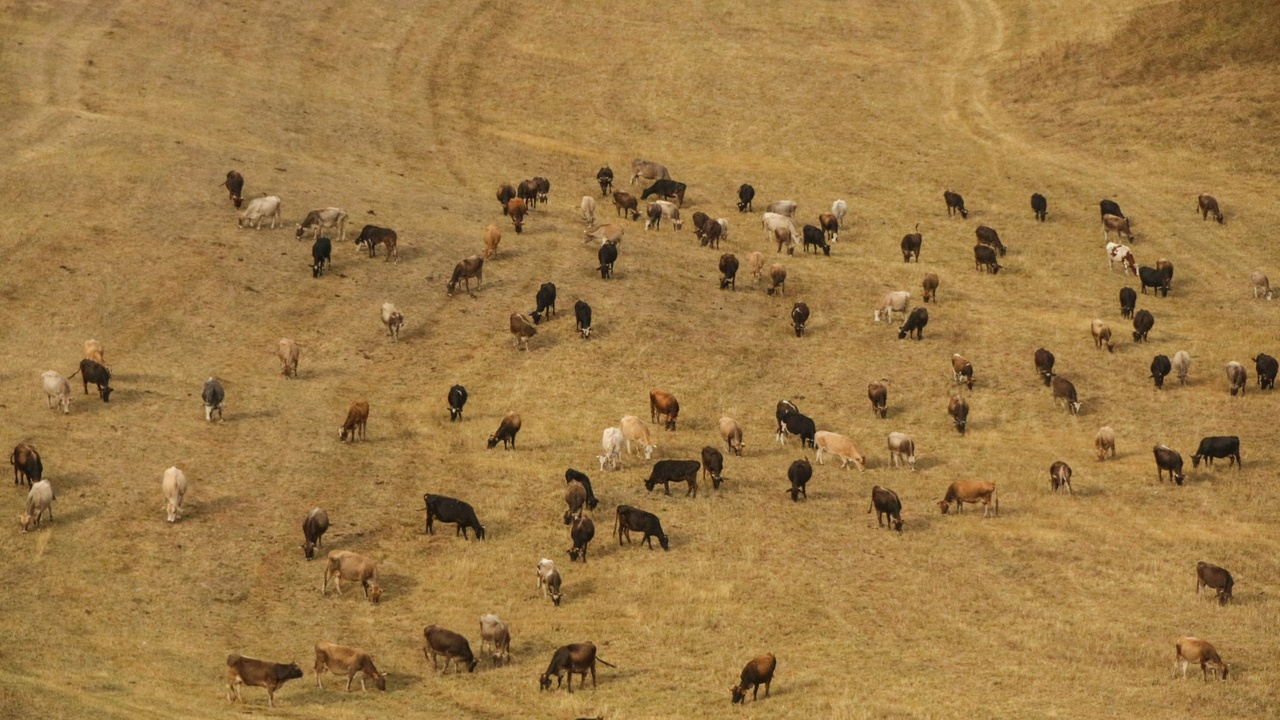
Behavior ties physical and physiological traits to survival across the year. Reindeer form tight herds, stage seasonal rutting aggregations, and some populations undertake epic migrations—herds can number over 100,000 animals in some regions.
7. Long-distance migration and precise navigation (some herds travel up to 5,000 km)
Certain caribou/reindeer populations undertake among the longest terrestrial migrations—up to about 5,000 km annually. These routes link summer feeding areas with calving grounds and winter ranges.
Animals rely on memory of routes, landscape features, and possibly geomagnetic cues to navigate. The Porcupine caribou herd is a well-documented example with long-established seasonal corridors.
Conservation of migratory corridors is crucial because roads, pipelines, and development can fragment routes and reduce access to key seasonal habitats.
8. Herding behavior, social hierarchies, and the rut
Reindeer aggregate seasonally for breeding and migration. During the autumn rut, males compete for access to females using vocal displays, antler clashes, and visual signals that establish dominance hierarchies.
Group defense, such as calf concentration and protective circling, reduces predation risk in spring. Long-term censuses and aerial surveys have recorded historic herds numbering in the hundreds of thousands in some years and areas.
Indigenous herding knowledge has developed from observing these patterns, and that knowledge guides sustainable movement, timing, and stocking decisions for semi-domesticated herds.
Ecological role and human connections
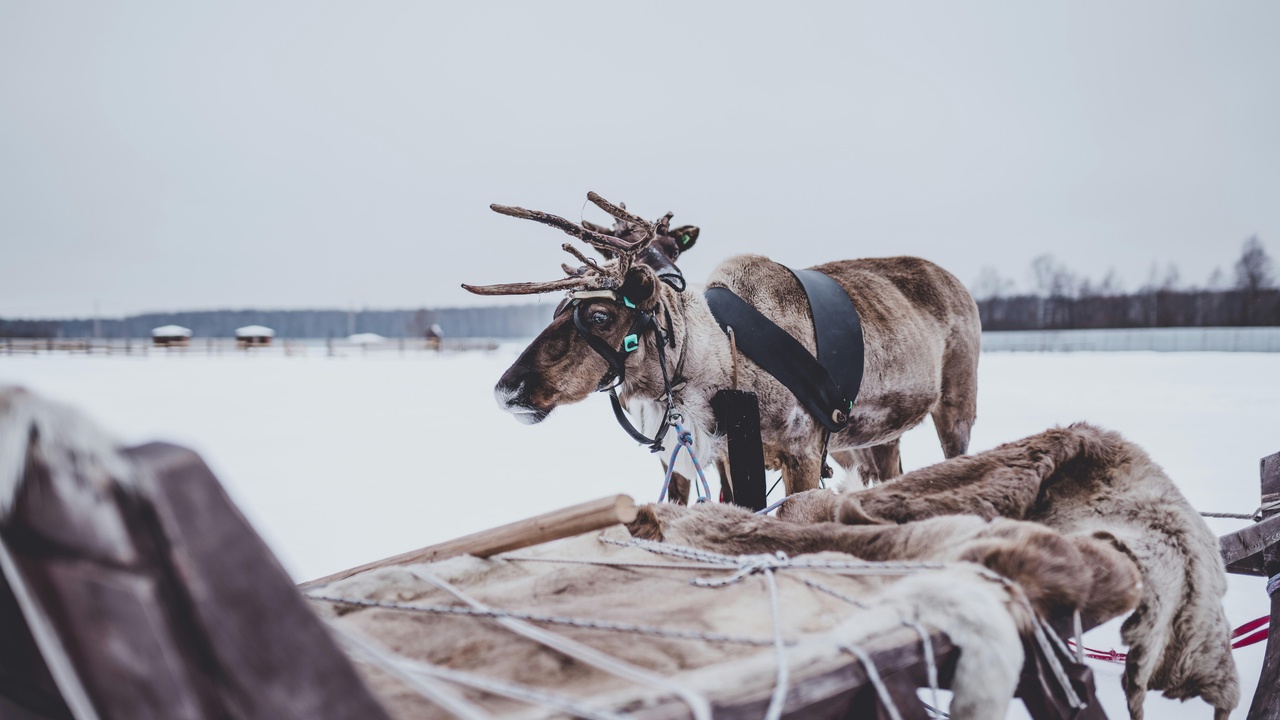
Reindeer function as keystone or foundational animals in many tundra systems and are central to Indigenous livelihoods. Domestication began roughly 2,000–3,000 years ago in parts of Eurasia, and stewardship by groups like the Sámi, Nenets, and Evenk remains vital.
9. A keystone species that shapes tundra ecosystems
These characteristics of a reindeer drive grazing pressure on lichen and shrubs, trampling patterns that alter soil and seed banks, and nutrient redistribution across the landscape. That influence cascades to predators such as wolves and bears that depend on reindeer as prey.
Studies document measurable changes in vegetation where reindeer density shifts—lichen cover can decline under heavy grazing while shrub dynamics respond to altered grazing regimes. Changes in herd numbers therefore ripple through tundra food webs.
10. Cultural and economic importance to Indigenous peoples (domesticated for ~2,000–3,000 years)
Reindeer underpin food security, clothing, transport, and cultural identity across Arctic Eurasia. Domesticated and semi-domesticated herds supply meat, hides, transport, and are central to ceremonies and seasonal calendars (Sámi, Nenets).
Modern herding economies face governance, market, and climate pressures. Infrastructure that blocks migration routes and shifting plant phenology from warming winters both threaten herd productivity and traditional lifeways.
Supporting Indigenous land rights, adaptive management, and corridor protection helps sustain both cultural practices and the ecological functions reindeer provide.
Summary
- Reindeer combine specialized physical traits—hollow fur, seasonally adaptive hooves, and antlers worn by both sexes—with physiological and sensory adaptations (nasal heat exchange; UV-capable eyes) to survive extreme Arctic conditions.
- Their migrations can span up to 5,000 km and herds may number in the hundreds of thousands, making corridor protection essential for ecological connectivity and population resilience.
- As a keystone species, reindeer shape tundra vegetation and predator dynamics, while domestication (≈2,000–3,000 years ago) and ongoing Sámi, Nenets, and Evenk stewardship link animals to cultural and economic systems.
- Practical takeaway: protect migratory routes, include Indigenous knowledge in management, and support research-informed measures (from biomimetic insulation to low-light sensors) that both conserve reindeer and benefit people.
